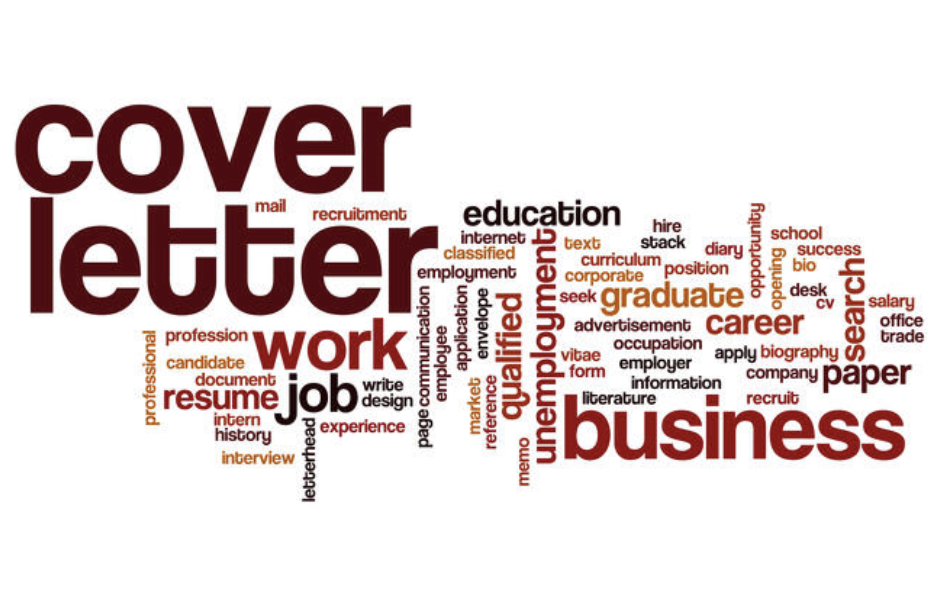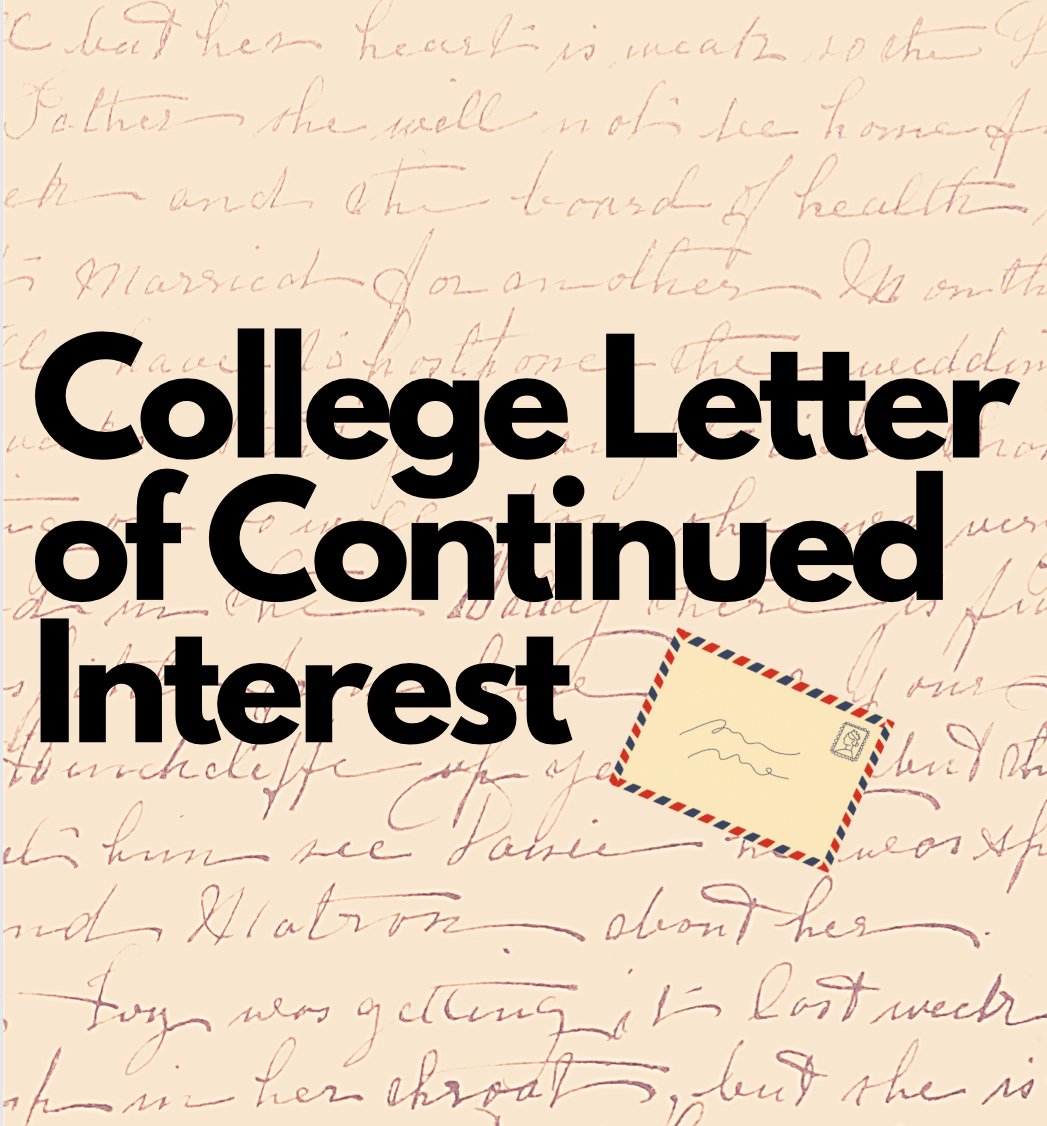The Comprehensive Guide to an Effective Resume
Introduction
In a competitive job market, a captivating resume can be the key to unlocking exciting opportunities and landing your dream job. Your resume is your personal marketing tool, showcasing your skills, experience, and qualifications to potential employers. An effective resume not only highlights your strengths but also demonstrates your professionalism, attention to detail, and ability to make a strong first impression. In this comprehensive guide, we will explore the importance of having an effective resume and provide you with a step-by-step approach to creating a winning document. Get ready to craft a resume that stands out from the crowd and paves the way to career success!
The Importance of Having an Effective Resume
An effective resume is crucial in today's competitive job market. Here's why it is important:
-
First Impression: Your resume creates the crucial first impression that employers have of you. It serves as your introduction and determines whether you advance to the interview stage. An effective resume grabs attention, showcases your qualifications, and makes a lasting impact.
-
Highlights Your Qualifications: A well-crafted resume highlights your relevant skills, experiences, and achievements. It allows employers to quickly assess your suitability for a position and understand what sets you apart from other candidates.
-
Showcases Professionalism and Attention to Detail: A polished and error-free resume reflects your professionalism and attention to detail. It demonstrates your ability to communicate effectively and present information in a clear and organized manner.
-
Tailored to the Job: An effective resume is tailored to the specific job you are applying for. It emphasizes the skills, experiences, and accomplishments most relevant to the position, increasing your chances of getting noticed by employers.
-
Demonstrates Your Brand: Your resume is a representation of your personal brand. It showcases your unique strengths, values, and professional identity. An effective resume allows employers to see how you align with their company culture and values.
Steps to Creating an Effective Resume
-
Understand the Purpose: Clarify the purpose of your resume and the specific job or industry you are targeting. Identify the key skills, experiences, and qualifications that employers in that field are seeking.
-
Choose a Format: Select a resume format that best suits your experience and the industry you are applying to. Common formats include chronological, functional, and combination resumes. Ensure that the format is clear, organized, and visually appealing.
-
Include Relevant Sections: Structure your resume with essential sections such as contact information, professional summary or objective statement, work experience, education, skills, and any additional relevant sections like certifications, volunteer work, or projects.
-
Tailor Your Content: Customize your resume for each job application. Tailor your content to highlight the most relevant skills, experiences, and accomplishments that align with the job requirements. Use keywords from the job description to optimize your resume for applicant tracking systems (ATS).
-
Craft a Compelling Summary or Objective Statement: Begin your resume with a concise and captivating professional summary or objective statement that highlights your key qualifications, achievements, and career goals. This section should grab the attention of employers and entice them to continue reading.
-
Detail Your Work Experience: List your work experience in reverse chronological order, including job titles, company names, dates, and key responsibilities. Use bullet points to highlight your accomplishments, specific tasks, and quantifiable achievements. Focus on outcomes and results.
-
Showcase Your Education and Skills: Include your educational background, relevant coursework, certifications, and any specialized training. In the skills section, highlight both hard skills (technical expertise) and soft skills (communication, teamwork, leadership) that are relevant to the job.
-
Use Action Verbs and Quantify Achievements: Use strong action verbs to describe your accomplishments and responsibilities. Quantify your achievements whenever possible by including numbers, percentages, or other measurable indicators of success.
-
Proofread and Edit: Thoroughly proofread your resume to eliminate any grammatical or spelling errors. Ensure consistency in formatting, font, and style throughout the document. Consider seeking feedback from trusted individuals or career services professionals.
-
Create a Professional Design: Use an appealing and professional design that enhances readability. Choose an appropriate font, use clear section headings, and include sufficient white space. Avoid clutter and excessive decoration.
Conclusion
An effective resume is a powerful tool in your job search arsenal. By following this comprehensive guide, you now have the knowledge and steps to create a compelling resume that highlights your qualifications, professionalism, and personal brand. Invest time and effort in crafting a resume that makes a lasting impression and propels you towards your career goals.
FAQs about Writing an Effective Resume
Q: What is the best resume format to use? A: The best resume format depends on your specific circumstances and the industry you are targeting. Common formats include chronological, functional, and combination resumes.
- Chronological resumes highlight your work experience in reverse chronological order, making it suitable if you have a solid work history and want to emphasize your career progression.
- Functional resumes focus on skills and accomplishments rather than chronological work history. This format is useful if you are changing careers, have gaps in employment, or want to highlight specific skills relevant to the job.
- Combination resumes combine elements of both chronological and functional formats. They showcase your skills and accomplishments while also providing a chronological overview of your work history.
Choose a format that best showcases your qualifications and aligns with the requirements of the job you're applying for.
Q: How do I tailor my resume to a specific job? A: To tailor your resume to a specific job, carefully review the job description and identify key skills, experiences, and qualifications sought by the employer. Here's how you can tailor your resume:
- Customize your professional summary or objective statement to highlight the most relevant aspects of your background that align with the job requirements.
- Rearrange the order of your sections to prioritize the most relevant information. Emphasize experiences and accomplishments that directly relate to the job.
- Use keywords from the job description throughout your resume to optimize it for applicant tracking systems (ATS) used by some employers.
- Modify the bullet points under each work experience to showcase specific achievements and responsibilities that directly demonstrate your ability to excel in the desired role.
- Adjust the skills section to focus on the most relevant skills required for the job, ensuring they align with the employer's expectations.
By tailoring your resume to each job, you increase your chances of catching the attention of the employer and demonstrating your suitability for the position.
Q: How can I make my resume stand out? A: To make your resume stand out, consider the following strategies:
- Use a visually appealing and professional design that enhances readability and captures attention.
- Incorporate quantifiable achievements and results to demonstrate the impact of your work.
- Highlight unique skills, experiences, or certifications that set you apart from other candidates.
- Include relevant keywords from the job description to optimize your resume for ATS.
- Customize your professional summary or objective statement to showcase your unique strengths and career goals.
- Show your enthusiasm and passion for the industry or role through your resume content and tone.
- Include any notable extracurricular activities, volunteer work, or leadership experiences that showcase your well-roundedness and transferable skills.
- Proofread your resume carefully to ensure it is error-free and presents a professional image.
By implementing these strategies, you can create a resume that captures attention, effectively communicates your qualifications, and sets you apart from other applicants.

 By
By

.jpg)
